Celebrity chef, über traveler and author hosts ‘future of food’ panel at SXSW conference and invites Advocate editor to join the discussion
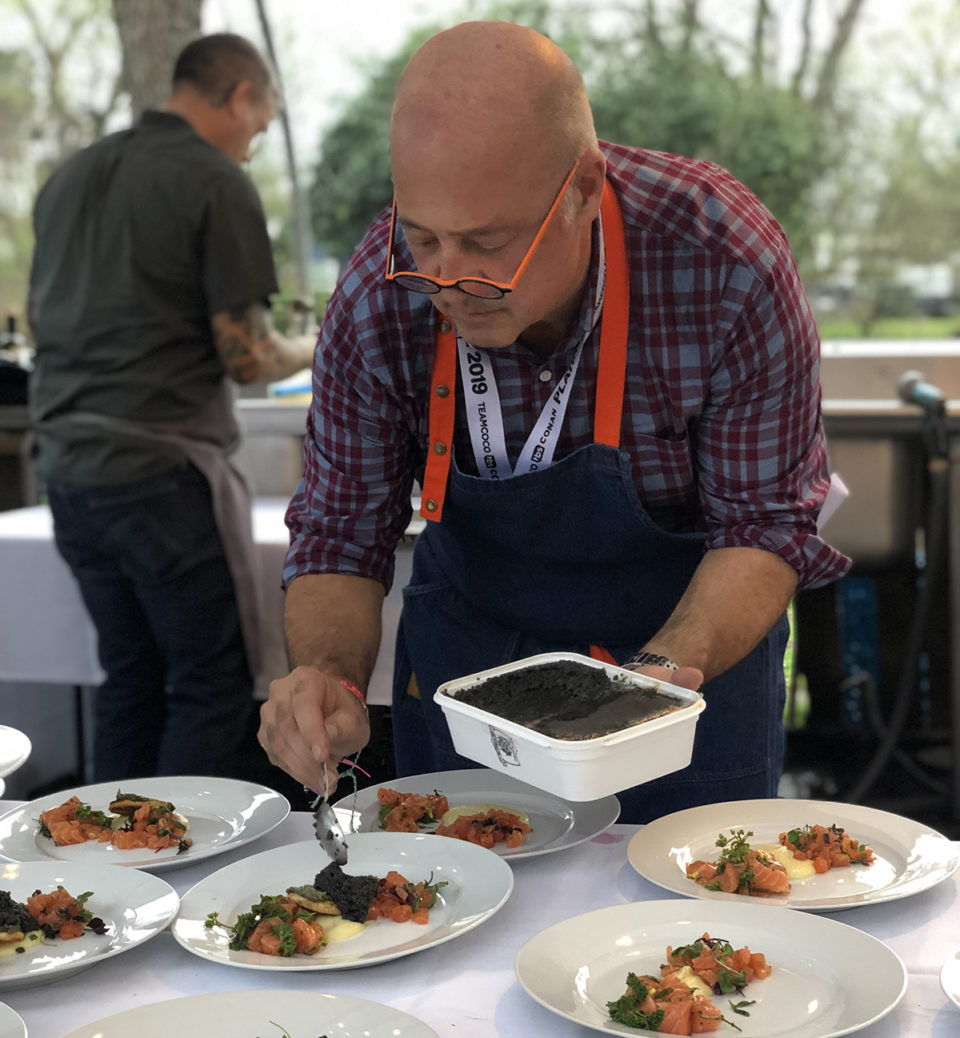
You don’t often see “farm to table” menus quite like this: Fresh oysters from Massachusetts. White sturgeon caviar from California. Striped bass from Baja California. Salmon from Chile. Halibut from Norway. Trout born in Washington and raised in Idaho. Shrimp from Hawaii.
The incredible bounty for the event was made possible by aquaculture. Served at East Eden in Austin, Texas, at the request of celebrity chef Andrew Zimmern, the farmed-fish feast was prepared by Zimmern and a cast of his culinary colleagues from across the country. They came to Texas for SXSW (South By Southwest), a sprawling music, media, culture and technology festival that has turned into one of the United States’ hippest events for new happenings. “Aquaculture Plated,” as the event was called, was one of them.
Farmed fish wasn’t just on dinner plates. For the first time, aquaculture made it on the extensive SXSW agenda with the panel session “Future of Food: Aquaculture,” moderated by Zimmern himself.
Panelists were Fiona Lewis, chef and fishmonger at DC Fishwife; Rod Fujita, R&D director at Environmental Defense Fund; and me. But it was clear who packed them into the 400-seat auditorium: It was the man with the round orange glasses, the guy known for eating bugs, worms, spiders and horse rib-and-rectum sausage on TV.
After the talk, “Chef AZ” was kind enough to speak with me about farmed fish and where it fits into the global food scene. The following is an edited and condensed version of our conversation.
Earlier in your career, did you insist on wild fish? Did it take you some time to come around on aquaculture?
I’m 57 years old. I come from a very food-forward family, from a very food-forward environment. It wasn’t that I was biased against aquaculture, or farm-raised anything, it’s just that I had no exposure to it. When I was a kid, I would join my father out on Long Island, and throw my line out for some striped bass, and we’d throw it on the fire and cook it. We grew vegetables in the garden. People in my family hunted deer upstate. There was only wild. If it was farmed fish, it wasn’t as available as it is today.
Along the way, as a traveler, I started to see ancient food systems that had domesticated animals, that had employed aquaculture systems, with ancient Hawaiians being the best example. I was fascinated by it, as a young history and culture buff. When I became a professional chef, and with any farmed product, everything is about the flavor. I was an early adopter because the flavor was there. And that’s what it’s all about, when you’re in the business of selling food to someone.
Over the last 35 years of my life, I’ve become “citizen-ized.” It’s more than politicized. We have thousands of years of human evolution and we’ve made lots of mistakes. But now that we know, we need to pursue, we need to fix, we need to solve. That’s why I’m so engaged. It’s a responsibility that we owe ourselves. The planet is exploding, population-wise, and it’s hungrier than ever. We need to do something about it! There are many ways to solve our problems in our food system, and one of the biggest ways is aquaculture.
You mention exposure. It seems like lots of chefs come around on aquaculture after they actually visit a farm.
When I broke into national TV, I wasn’t in restaurants anymore, but I’m going around the world and seeing stuff up close and personal, the good and the bad, but mostly seeing the negative imprint on our fisheries around the world. I was more desperate to talk solutions because I was seeing tragedies firsthand. Doing the shows really got me involved. Over the last six or seven years, as the show has reached a great height in popularity, I realized I have a platform to sort of put it all together. That’s why we’re here now.
Is aquaculture something you need to see to truly appreciate?
Yes and no. I saw trout being raised really well in Pennsylvania and sturgeon raised really well in China. I also saw trout and sturgeon raised not so well. A lot of it for me is who is doing it. They say an educated consumer is the best consumer. If you know the questions to ask, that’s the key thing. I wish retailers had more answers to take a position.
The Whole Foods people were in our room today. They were talking about GM salmon, and the press release that went out late last Friday. I think we’ll [hear] more talk about this in the coming days. Clearly that’s something that needs to be thought out. I applauded them and said, good for you, for taking a position, for not avoiding it. Consumer education at the point of sale in retail – even though people eat more fish [in restaurants] – is really important and the retailer has a big responsibility. I tell them if you say where your apples come from you need to say where your fish comes from, and for that matter where all your meat comes from.
If consumers truly want more information about their food, then why are perceptions of aquaculture often poor?
I think consumers being educated is super, super important. The problem is that the disaster is a sexy story and the multi-phase solution is kind of nerdy and wonky. But I’ve only seen a handful of companies – like Riverence, like Ora King, like Verlasso – where I see their 12-page-PowerPoint-who-we-are with compelling points about their company goals, and I trust; I believe that I’m not being lied to. When a company says we want to be the most sustainable trout hatchery in the world and we want our food to taste indistinguishable from the best trout you’ve ever caught from Missouri – OK. I believe it and I sure tasted that last night.
You’re visiting Verlasso’s salmon farms in Chile soon?
They really want to embrace issues head on and be a global leader. Look, all companies are in it to make money but they see value in being a leader [in sustainability].
The company pivoted away from the feed formulation that put them on the map, and also say their fish-in, fish-out ratio is well under 1:1. How much weight do you put in the aquafeed itself, and the story that this kind of efficiency tells?
They pivoted completely, and I think it was smart. That was the right play and that’s one of the things that sort of sold me on them.
I’ve been on the sidelines, not working [directly] with Verlasso, but kind of in an enviable position that I’ve gotten to see them grow as a company. They’re only eight or nine years old. These are people I can get behind because I can tell their story. I’m a storyteller. I want to tell good stories. I leave in April, I’m actually going down to Patagonia and I’m going to see it all up close and personal for myself.
That’s what I was eluding to – it’s important for chefs to connect to the source of their food.
Have to. I’m noisy, but I’m also super curious and I know that people will listen to what I have to say when I come back with what I find. A lot of others would be like, “OK here’s the 10 places we’re going to see,” and, “you don’t need to see that.” In our preproduction call they said nothing’s off limits. It’s complete transparency. We’re going to be waving cameras around. I got news for you: We’re on farms all the time, and in a lot of food factories too. There’s always places people would rather us not show up with our cameras. Always!
Some think we should focus on farming mostly plate-sized fish. That would require a shift in how Americans consume fish – whole, with the bones and everything. Is this shift possible?
I think we have to diversify the choices in our global buffet. I don’t understand why Americans who go to Mexico on vacation and come back and say how much they loved it because, “they served us whole red snapper every night!” Great, then order like that at restaurants at home, or cook it that way at home. We’ve lost so much in the last hundred years, because we’re not cooking at home and eating together.
Cultures that do eat plate sized fish are doing more with it. They’re making soup with it – that’s nutrient-dense eating. I think plate-sized fish are the future. Everywhere I go in the world, that’s what I eat. I prefer food cooked on the bone; it’s 10 times tastier. How often do you eat 15-pound fish that are whole-cooked, on the bone, unless you’re at a feast? You don’t. This will take a culture shift. It’s going to take a while. That was the mission of a lot of my TV work, to open people’s eyes.
We’re here at South By Southwest. So, aquaculture must be cool or hip, in some way, right? What do you think is hip about aquaculture?
It’s a solution that helps save our planet. I don’t think there’s anything hipper than that. I think heroism is super cool. People involved in rescuing, saving, helping, correcting, aiding – real social justice causes – it’s super cool. It’s the super sexy return of the nerd! It touches the oceans, it touches climate change, it touches nutrition and the future of how we’ll feed ourselves. That’s the power that food has.
Follow the Advocate on Twitter @GAA_Advocate
Now that you've reached the end of the article ...
… please consider supporting GSA’s mission to advance responsible seafood practices through education, advocacy and third-party assurances. The Advocate aims to document the evolution of responsible seafood practices and share the expansive knowledge of our vast network of contributors.
By becoming a Global Seafood Alliance member, you’re ensuring that all of the pre-competitive work we do through member benefits, resources and events can continue. Individual membership costs just $50 a year.
Not a GSA member? Join us.
Author
-
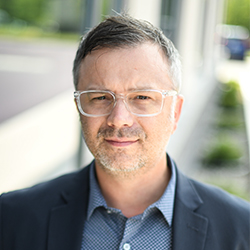
James Wright
Editorial Manager
Global Aquaculture Alliance
Portsmouth, NH, USA[103,114,111,46,101,99,110,97,105,108,108,97,101,114,117,116,108,117,99,97,117,113,97,64,116,104,103,105,114,119,46,115,101,109,97,106]
Tagged With
Related Posts
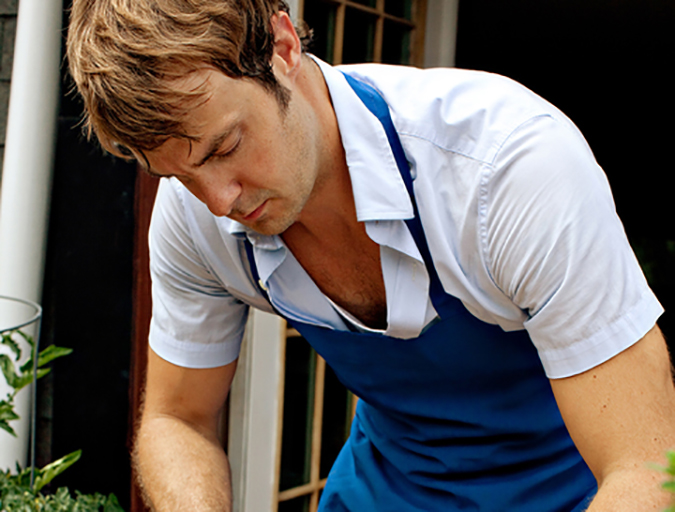
Intelligence
Off the Knife with Barton Seaver
In the second Off the Knife interview with chefs and foodservice professionals, Barton Seaver tells the Advocate that while restaurant employees shouldn’t have to recite sustainability science at tables, they can personalize their knowledge and effectively communicate the method behind the menu.
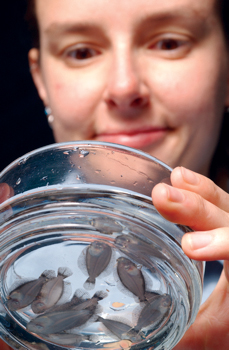
Health & Welfare
Integrated larval-nursery system for California halibut
Hubbs-SeaWorld Research Institute developed an integrated larval-nursery recirculating aquaculture system for California halibut utilizing shallow raceways for juvenile culture.
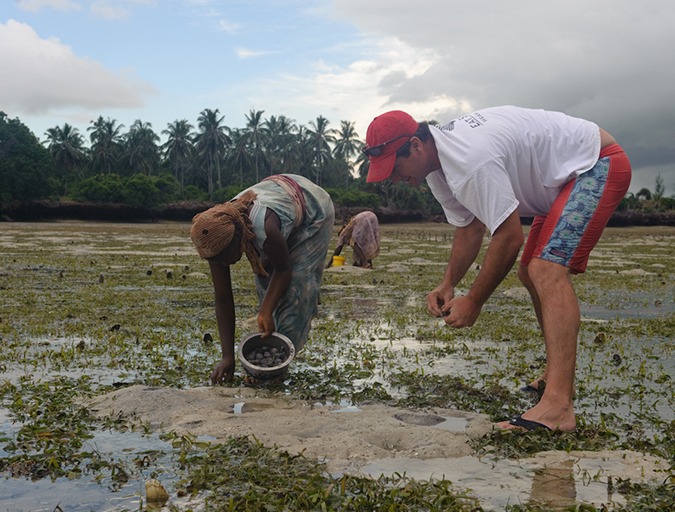
Responsibility
Social oysters: Aquaculture inspiring communities
Two New England shellfish producers are furthering their innovative social license initiatives, both in their hometowns and in food-insecure regions overseas. Island Creek Oysters and Matunuck Oyster Farm have become admirable aquaculture ambassadors.
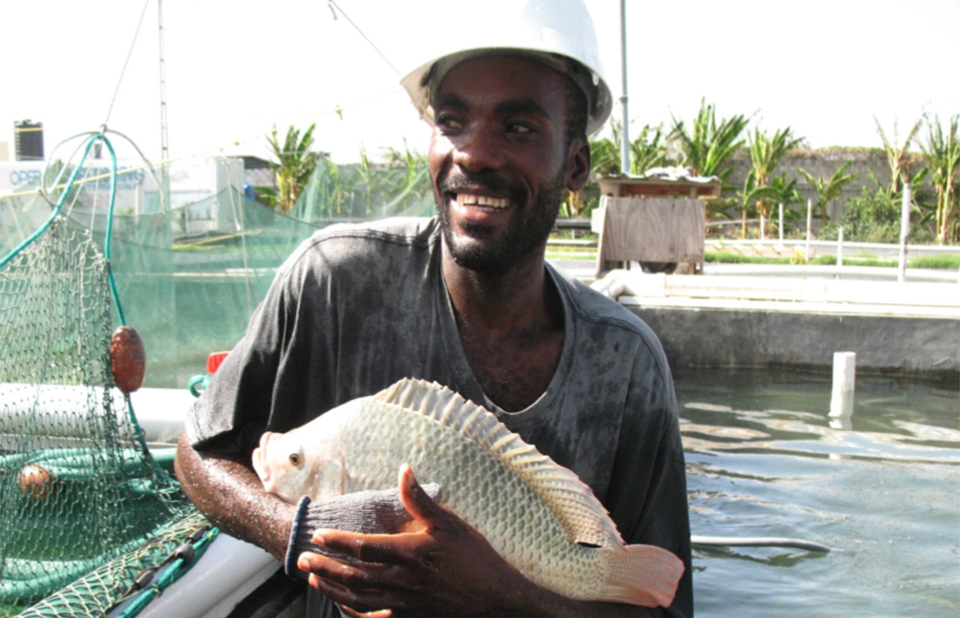
Responsibility
Haiti’s hatchery of hope
Built on a dream of feeding some of the world’s poorest and most vulnerable people, a charity-built tilapia hatchery in Haiti now learns to stand on its own.


